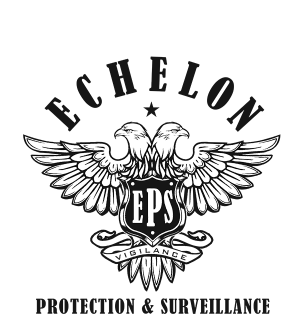 Child residential facilities play a crucial role in providing a safe and nurturing environment for children who are unable to live with their families. These facilities are responsible for the well-being and security of vulnerable children, making safety a top priority. In order to create a culture of safety, it is essential for staff to receive proper training to understand the risks and challenges they may face, as well as to develop the necessary skills to ensure the safety of the children in their care.
Child residential facilities play a crucial role in providing a safe and nurturing environment for children who are unable to live with their families. These facilities are responsible for the well-being and security of vulnerable children, making safety a top priority. In order to create a culture of safety, it is essential for staff to receive proper training to understand the risks and challenges they may face, as well as to develop the necessary skills to ensure the safety of the children in their care.
Understanding the risks and challenges
Understanding the risks and challenges that child residential facilities face is the first step in creating a comprehensive training program. Identifying potential security threats is crucial in order to implement effective measures to prevent them. This includes assessing the facility’s physical security, such as the layout of the building and the presence of surveillance systems. It also involves recognizing the unique challenges faced by staff, such as dealing with aggressive or violent behavior from the children or managing medical emergencies. Inadequate security measures can have serious consequences, including harm to the children or staff, as well as damage to the facility’s reputation and legal consequences.
Assessing the needs of the vulnerable
Developing a comprehensive training program requires a thorough assessment of the specific needs and vulnerabilities of the facility. This includes considering the age range and specific needs of the children in care, as well as any previous incidents or security breaches that have occurred. Once the needs and vulnerabilities have been identified, key areas of focus for staff training can be determined. These may include emergency response protocols and procedures, security measures and access control, recognizing and reporting signs of abuse or neglect, and conflict resolution and de-escalation techniques.
Set emergency response protocols
Emergency response protocols and procedures are essential for ensuring the safety of everyone in the facility. This includes fire safety and evacuation plans, as well as handling medical emergencies. Staff must be trained on how to respond quickly and effectively in these situations to minimize harm and ensure the well-being of the children. Additionally, staff must be equipped with the skills to handle aggressive or violent behavior from the children, ensuring the safety of both the children and staff.
Think about security
Security measures and access control are crucial in preventing unauthorized access to the facility. This includes implementing effective surveillance systems to monitor the premises, controlling access to the facility through measures such as key cards or security guards, and screening and vetting visitors and staff. By implementing these measures, child residential facilities can significantly reduce the risk of security breaches and ensure the safety of the children in their care.
Recognizing and reporting signs of abuse or neglect is another important topic that should be covered in staff training. Staff must be trained to identify the signs of abuse or neglect in children and understand the appropriate steps to take in reporting these concerns. This includes knowing the legal requirements for reporting, as well as the importance of maintaining confidentiality and sensitivity throughout the process. By providing staff with the knowledge and skills to recognize and report signs of abuse or neglect, child residential facilities can help protect vulnerable children and ensure their well-being.
Conflict resolution and de-escalation techniques are also essential skills for staff working in child residential facilities. Children in these facilities may come from challenging backgrounds and may exhibit aggressive or violent behavior. Staff must be trained on how to effectively manage and de-escalate these situations, ensuring the safety of both the children and staff. This includes techniques such as active listening, empathy, and non-violent communication.
In conclusion, child residential facilities play a vital role in providing a safe and nurturing environment for children who are unable to live with their families. To ensure the safety of these children, it is crucial for staff to receive proper training. This training should cover a range of topics, including understanding the risks and challenges faced by child residential facilities, emergency response protocols and procedures, security measures and access control, recognizing and reporting signs of abuse or neglect, and conflict resolution and de-escalation techniques. By investing in comprehensive training programs, child residential facilities can create a culture of safety and protect the well-being of the children in their care.


